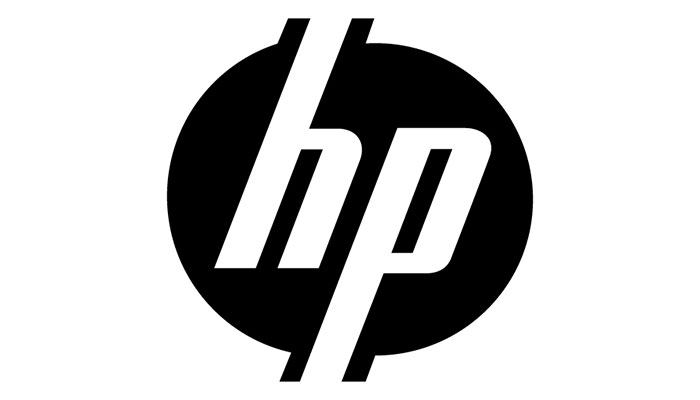SAN Switch
Home » Network License » HP » SAN Switch
HP SAN Switch License
Switches are a type of connector that operates in the second and third layers of the network. Therefore, their activity is based on IP address and MAC address. In this article, we will look at two different types of switches, such as a LAN switch and a SAN switch. To get information like using SAN switches etc., follow the rest of the article.
What is the application of the HP SAN switch?
SAN is abbreviated as Storage Area Network and this switch is a communicator like any other switch. But there are differences with normal network switches. The use of SAN switches is generally to create a relationship between the server and the storage location, and in a network, you can access several storage devices by using a SAN Switch. Also, this device can connect to several servers and transfer their information at high speed or sometimes keep them inside.
Types of SAN Switch
In general, we have two groups of SAN switches:
- SAN Switch Channel – FC
- SAN Ethernet switch
The use of the first type of switch, i.e. Channel-FC, is more common than Ethernet switches, and it is actually fiber optic. This type of switch is available in fixed and modular types. Ethernet switches also have a strange speed of 10 gigabytes per second and have a reasonable price. In addition, it is very popular among users due to the lack of admin and easier installation. However, if you are looking for high speed and high quality data transmission, fiber channel switches are a better option for you.
The difference between SAV Switch and LAN Switch
So far, we have learned about the use of SAN switch and found that it is used to connect the storage to the server. A question that may arise for users is how a Sen switch can be different from a LAN switch. First, we will review and define LAN Switch.
What is a LAN Switch
Local switches that provide communication between network devices are called LAN switches. For example, a LAN switch is used in a company to connect computers to each other or to be in a network. These switches are the advanced version of hubs and have the ability to read addresses. If the switch is layer two, it considers a MAC address for each device and identifies them accordingly. But if the switch operates in the third layer of the network, this addressing is done using the IP address. In addition, when the switch operates in the third layer, it also has routing capabilities.
The most popular LAN switches are the Cisco 2960 and 3850 series switches. Of course, these series are no longer available as NEW, and if you are looking for new switches, you can get similar ones in C9200 series switches.
Network switches are also produced by other brands, but Cisco has performed best in this field. This company has met the needs of all users by diversifying its switches. To get the data sheet and get more information about the models of this brand, refer to the Cisco website.
The difference between the use of SAN switch and LAN switch
These two switches have almost the same structure and both of them create communication paths. with the difference that SAN works in the connection between the storage device and the server and the lan switch creates communication between devices such as routers and computers.
As we said, LAN switches identify devices using IP and MAC addresses. But SAN switches use wwn for this. If we want to check the price of these two switches, LAN switches have a lower price despite their wider use. But SAN switches have a higher price and are usually faster because they are based on fiber channels.
SAN 8/40 switch key features
- Provides two integrated, hot-swappable, redundant power and fan FRUs.
- Support for FC switches and 1, 2, 4, and 8 Gb / s router ports with auto-sensing.
- Provides the EZSwitch installation wizard for easy installation and basic configuration.
- Delivery FICON and FICON Cascade ready. FICON CUP is available but requires an optional license.
- Integrates a single motherboard with 667 MHz PowerPC 440EPx RISC CPU and high performance integrated peripherals.
- Integrates a USB port that provides storage for firmware updates, supports issuing backup commands, and storage for configuration uploads and downloads.
- Universal ports that are configured as E_Port, F_Port, M_Port or FL_Port. EX_Ports are port-enabled with the optional LTU 48-80 Port B-Series SAN Switch with integrated LTU routing. This license provides native FCR per port, instead of limiting routing ports to those on a dedicated routing blade or switch. Much like traditional FCR, IR uses EX_Ports to import and export devices between fabrics, allowing selective sharing of devices while maintaining remote fabric isolation.
SAN Switch encryption functionality
The SAN Encryption Switch has the following features:
- Integrated with the HPE SKM system
- Full 1: 1 subscription on all 32 ports at 8 Gb / s
- Hardware-based key management and generation
- Support for automatic expiration or manual CLI rekey
- HA, DEK and EG clusters to enable transparent failover, host MPIO failover and centralized management of multiple cryptographic switches
- Compliance with encryption standards: AES256 XTS 1619.1 (per disk); AES256-GCM IEEE 1629.2 (per tape)
- 32 front-ends 1, 2, 4 or 8 Gb / s with auto-sensing F_Port, FL_Port, E_Port, EX_Port or M_Port to connect host servers, SAN disks, SAN tapes, edge switches or core switches
- Encryption and decryption engines to provide online encryption services with throughput up to 96 Gb / s for disk I / O and up to 48 Gb / s for tape I / O (combination of encrypted traffic and clear text)



